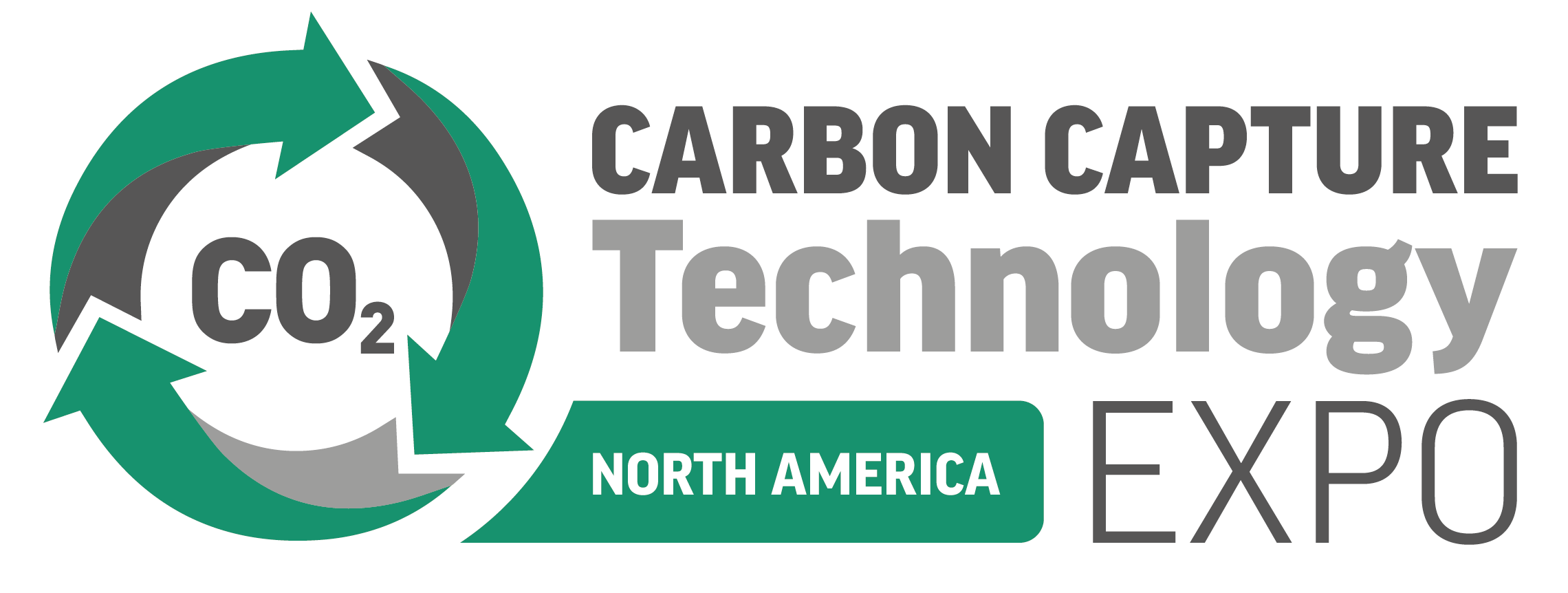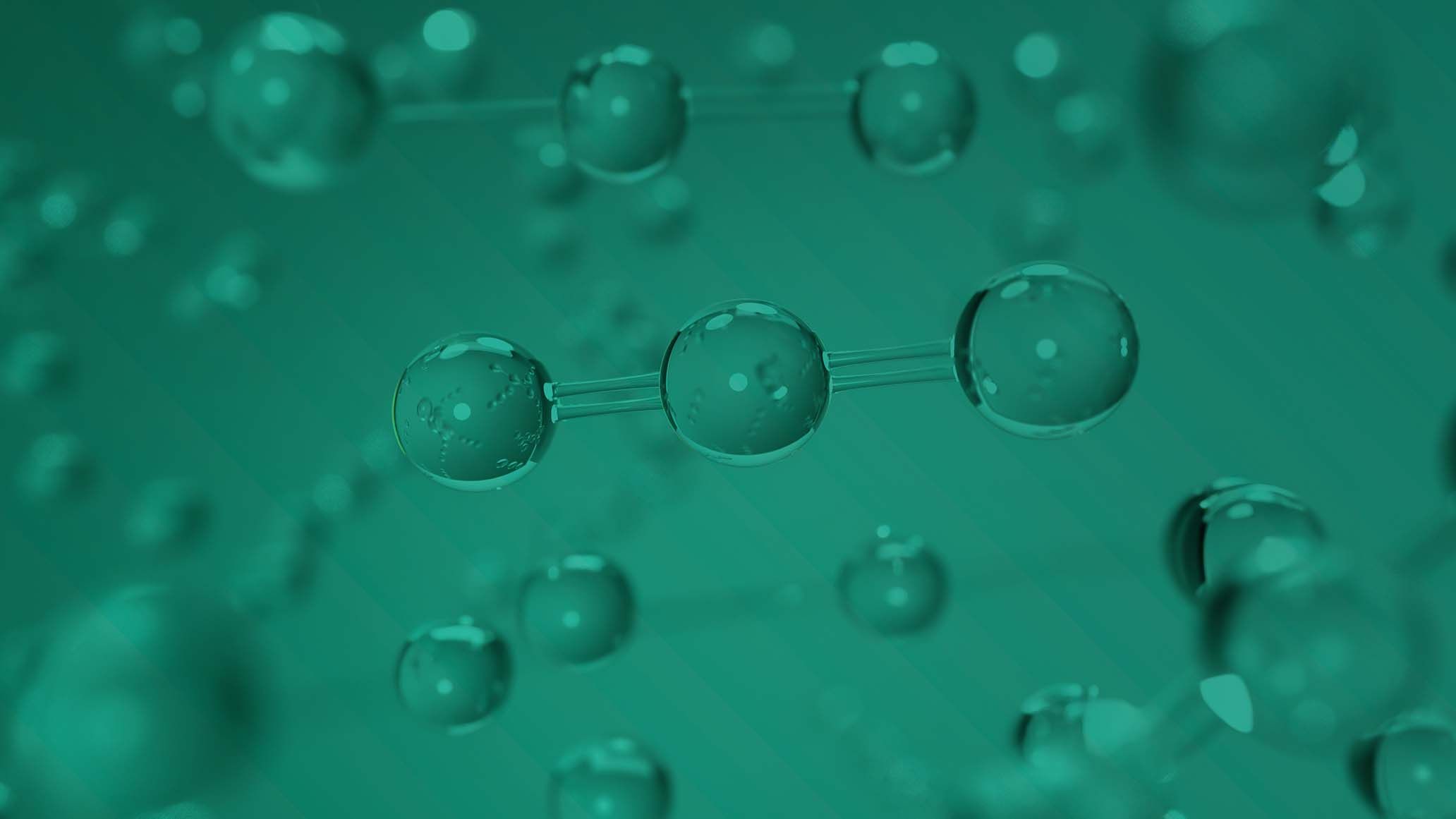Seatrium will be doing Solvang’s first full CCS retrofit
)
Seatrium recently announced that they have now secured the world’s first full-scale, turnkey Carbon Capture and Storage retrofit. They acquired this from Solvang in Norway who is a long-term Favoured Customer Contract (FCC) partner and the system is Solvang’s 21,289 cubic metre ethylene carrier, Clipper Eris, which is a 7MW Wärtsilä Carbon Capture and Storage System.
The project is expected to begin later this year and it will operate through the use of amine cleaning technology, which will capture 70% of the Co2 that is within the exhaust gas from the main engine. This will involve the whole value chain that is involved in handling Co2 and this includes liquefication processes, plus storing carbon dioxide whilst onboard the vessel.
Seatrium covers an array of work and tasks, including basic design, detailed engineering, procurement, the ability to upgrade electrical and automation systems, whilst also completing the integration of a carbon capture and compression/storage system.
Executive Vice President of Seatrium Repairs and Upgrades, Mr Alvin Gan, commented, “We would like to thank Solvang for entrusting Seatrium with this milestone project and for taking our long existing partnership to a new level of collaboration in support of our collective energy transition goals. We are excited to be part of this game-changing world’s first full-scale turnkey pilot CCS retrofit."
Fleet Director of Solvang ASA, Mr Tor Ask, mentioned, “Solvang is pleased to partner with Seatrium for our full-scale pilot project for CO2 capture onboard Clipper Eris. We have enjoyed many years of successful partnerships and Seatrium has a strong track record for decarbonisation retrofit works, including the installation of Exhaust Gas Cleaning System (EGCS) for four of our Very Large Gas Carriers (VLGCs). The selection of Seatrium aligns with our strategic direction of delivering energy efficient solutions and green energy services for a lower carbon future. The technology will be piloted onboard the vessel over a year while it is operating commercially. If the pilot project is successful, Solvang intends to install the technology on some of our vessels, including newbuilds, thereby contributing to a faster take-up of the technology.”



)
)
)
)
)
)
)



)
)
)
)
)
)
)
)
)
)
)
)
)
)

)

)
)
)

)
)
)
)
)
)
)
)
)
)
)

)

)
)
)
)
)
)
)
)
)


)
)
)

)
)
)

)
)
)
)
)

